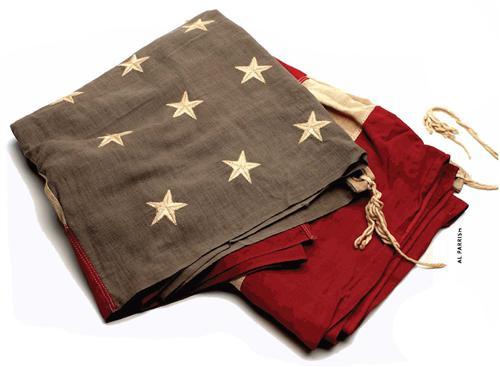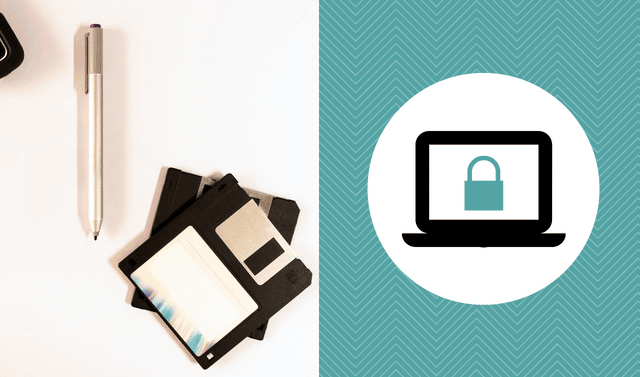Sign up for the Family Tree Newsletter Plus, you’ll receive our 10 Essential Genealogy Research Forms PDF as a special thank you!
Get Your Free Genealogy Forms
"*" indicates required fields
Safe Keeping: Old Flags

Textiles are especially vulnerable to light, dirt, extreme temperatures, humidity, bugs and pollution. The best course of action is to buy an acid-free flag box and interleave the fabric with acid-free tissue paper. Some climates require different methods of protection, however. In desert areas, use unbleached cotton instead of tissue paper; in semitropical and tropical climes, you need to take extra care to keep insects away. The Smithsonian Museum Conservation Institute says using tin containers has been successful in some places.
If you’re considering having your flag cleaned or appraised, consult a conservator. The American Institute for Conservation of Historic & Artistic Works offers online tips for finding one. The institute also has helpful downloadable guides to caring for textiles on its website.
Showing Your Stripes
Hollinger Metal Edge sells acid-free triangular boxes with self-locking lids you can use for storage or shipping. A plain corrugated flag box costs $16.30; a box with a display window is $17.65. You can also buy unbuffered, acid-free tissue paper in 100-sheet packs from Hollinger Corp. for $22.75.
Ask the Archivist: Blacking Out
A. Generally speaking, it’s best to leave vintage albums intact. You don’t want to separate the photographs from the captions that provide the important who, what, when and where. Yes, the black paper might be acidic, and acids can damage photographs. But removing glued photos is extremely difficult, and trying to do it yourself can cause more harm in the long run.
My advice: Store your delicate photo albums and scrapbooks in archival boxes that closely match the size of the book. Place sheets of acid-free tissue paper (trimmed to size) between the pages as a buffer. Tissue paper is thin enough that it won’t create too much bulk, which would put extra stress on the binding. Add tissue paper around the sides to create a snug fit so the book doesn’t shift within the box. This method will protect your treasured photographs from light, dust and grubby hands.
ADVERTISEMENT




